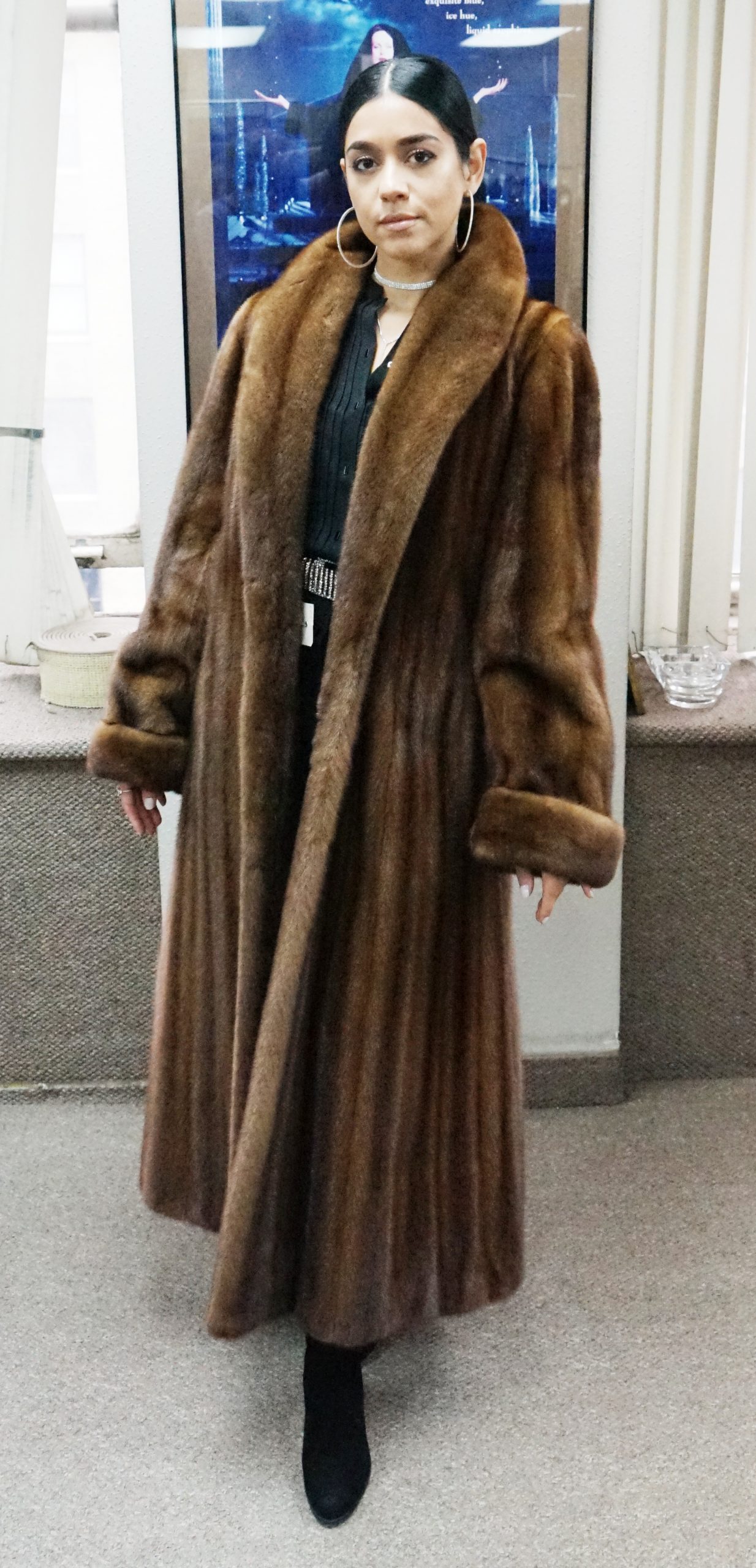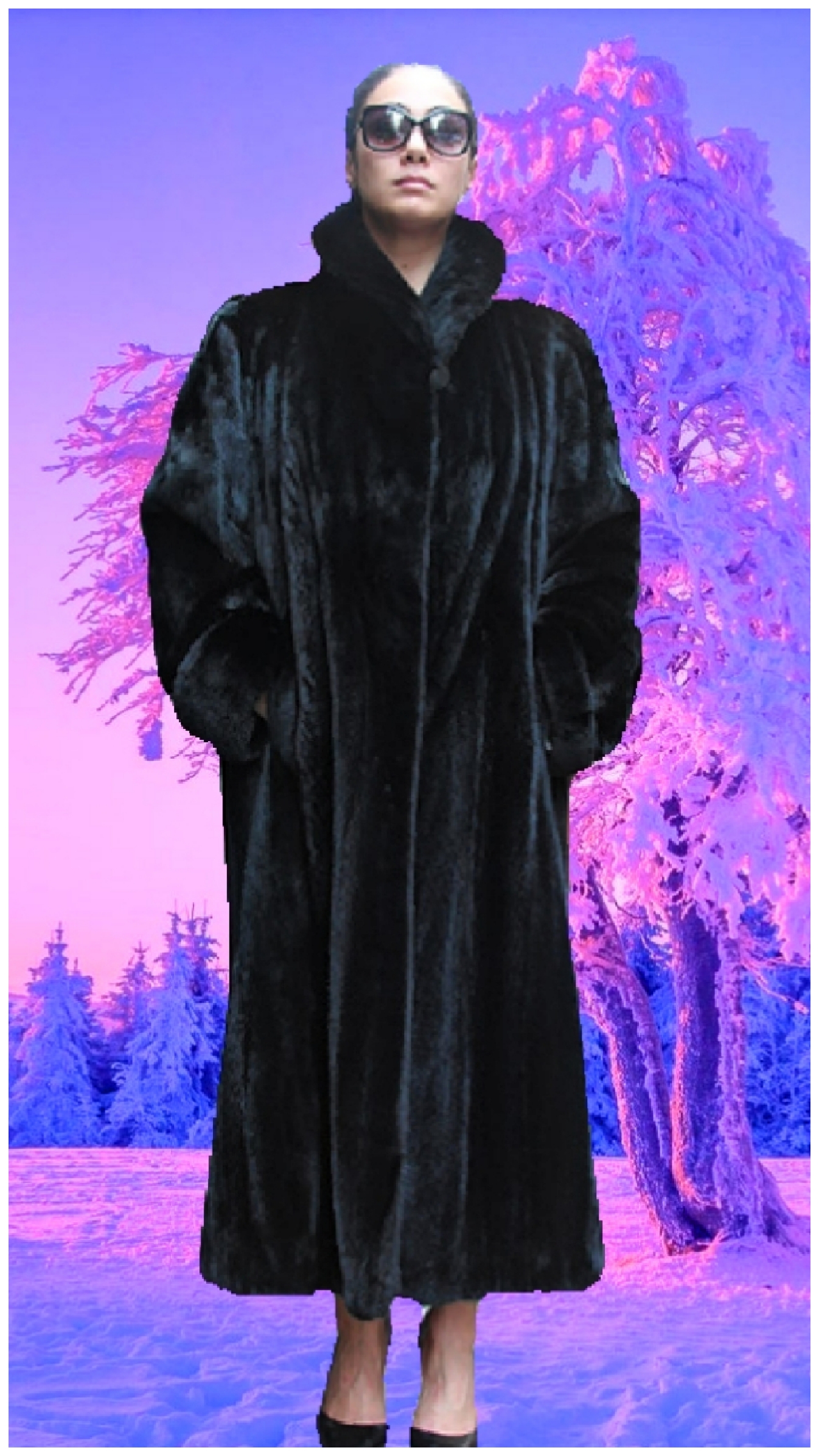
Why is fur so controversial, and why should it matter?
The rapid growth in the world’s population has led to an increase in demand for an improved quality of life, indicating that humans are consuming resources at an alarming rate. Most of the people in the fur industry say that it is not just a natural and sustainable resource, but it’s also a way through which we can control populations of wild species that might put native wildlife at a greater risk. The Fur Council of Canada claims that fur is a renewable, natural, and sustainable resource. We have used only part of what nature produces every year in different styles of clothing, e.g., fur coats, mink coats, etc. Let us discuss more about Why is fur so controversial, and why should it matter?
The fur production causes no extinction or depletion to the wildlife population. It causes no damage to the natural habitats that sustain them. The primary objective is to maintain the ecological balance in the long term. Fur processing regulates carefully in order to protect the environment. Research shows that most of the people believe that it depends on the use of animals if it is morally acceptable or not. Below are a few conditions that must be catered to in the fur industry to make it ethically and morally acceptable:
- Fur production should not threaten the existence of species
- No animal should go through unnecessary cruelty or pain during the process
- The killing must serve an important use
- The killing should have minimum waste
Wild Sourced Fur Vs. Farm Sourced Fur
The wild fur is comparatively less expensive than farm sourced fur. The fur we use nowadays doesn’t come from endangered species but specific abundant populations to maintain the standards. With the help of domestic and international rules and regulations, Fur has been an outstanding example of the sustainability of natural resources and species. Wild furs are ultimately organic, free-range, and include clothing material that is locally-sourced for North America. By contrast, most synthetic materials are produced with the help of petroleum. i.e., a non-renewable resource.
Therefore, when you buy wild Fur, you are providing income to First Nations indirectly. It also includes other people that are living in rural areas. It is challenging to find employment in such places. Therefore, this is also a critical sustainability objective. Simultaneously, farmed Fur plays a valuable role in the recycling chain by using animal by-products from the fish and poultry industries. More than one million tonnes are used in the EU alone, which is another sign that fur is sustainable. Claims of animal cruelty have long dogged the fur industry, but the environmental issues are lesser-known. Below is a picture of a wild-sourced fur produced by maintaining international standards.

Cognac Persian Lamb Stroller Fox Collar 84742
Image alt text: A woman wears a stylish Cognac Persian Lamb Stroller Fox Collar
Farm-raised Furs
Globally, most of the fur comes from a variety of different farms and fur farms. They have very well contributed to an environment in different ways. It is where mink and fox have been the most farmed furbearers. The animals are mostly carnivores and are fed left-overs from the food-production. For example, parts of the cows, chicken, fish, and other food animals don’t eat. Sometimes, this may be 50% of the total biomass that might have ended in landfills.
Therefore, farmed fur animals recycle the waste from our food production into a long-lasting, beautiful, biodegradable clothing material. At the same time, biofuels or organic fertilizers are produced through manure, carcasses, and soiled straw bedding. It helps them complete the nutrient cycle in the long run. Families raise these fur animals in their small farms, where they are provided with a healthy environment. They give employment and support to other rural communities. Fur farms work where the climate is harsh or where the soil is lacking other agricultural products.
And not just this, it also ensures that fur farmers provide excellent care and nutrition to their animals. The legislation has assured excellent nutrition, animal welfare, various codes of practice, and care to produce the outstanding quality of Fur. Below is an example of a farm-raised fur produced by following the community standards:

Demi Mink Coat Princess Cut 2383
Image alt text: A woman wears Demi Mink Coat Princess Cut with black boots
Fur Apparel
The production of fur garments is one of the most valuable sectors of the winter clothing industry regarding environmental impact. Animal activists claim that the production process for furs is harmful to the environment. But the truth is, the basic materials are either organic or naturally occurring compounds. They have modern environmental protection controls that ensure that there are no harmful effluents.
In fur dressing, they use relatively mild chemicals to protect the hair. Furs are famous for their natural colors, unlike other clothing materials, which use dyes and bleaches. In contrast, fake fur and other synthetics are alternatives to Ffur. These are made through petroleum, which is a non-renewable resource.
Every stage emits pollution, from the extraction of the raw material to harmful emissions and disposal of unwanted garments. Other petroleum-based synthetics and fake furs do not biodegrade like real fur. In fact, research shows tiny particles of plastic leach into the water during the cleaning of these synthetics. It enters the marine food chain and even our drinking water.
Furthermore, fur apparel is still crafted mostly by hand through the knowledge and skills of experienced artisans. It is long-lasting, which means that a well-made beaver or mink coat can be worn for more than thirty years. Fur apparel is passed down to children and grandchildren because of its beauty and durability. The new generation wears it as a vintage style or completely restyle it. It is also recycled to make pillows, blankets, and other accessories. Moreover, even after many decades of use, fur will then ultimately biodegrade. Below is an example of a well-made mink coat that can go on for decades if stored properly.

Classic Designer Ranch Mink Fur Coat Shawl Collar Turn Back Cuffs #316
Image alt text: A woman wears the Ranch Mink Coat Shawl with high heels
Creating Transparency
The sustainability credentials have proved the industry’s sincerity towards transparency. It has developed certifications focusing primarily on animal welfare and traceability.
Saga Furs has been working towards implementing its Saga Certification since 2005. This program includes 31 criteria spanning animal health, farm hygiene, breeding, and environmental management. It has formed a traceability system in its certification since 2017. It develops tracing with RFID technology, allowing consumers to recover the fur products by scanning a tag through their phones.
Welfur is another certification that the industry has been promoting. It assesses mink, fox, and finn raccoon farms’ welfare. It is based on four principles: good housing, feeding, health, and appropriate behavior. Saga Certification, Welfur, and other similar international certifications have been included in FurMark. There are different countries like the USA, Russia, Canada, Namibia actively involved in them. FurMark is a program by the International Fur Federation (IFF) that ensures good practice along the whole supply chain. It works with fur farms, dressers, dyers and retailers.
Conclusion
To sum it up, fur has been helping the environment and people for decades. People might not realize it but, the real story lies in the production process. For more information, visit our website and consult us regarding your fur coats. We, at Marc Kaufman, provide different styles of fur coats in high quality and make sure our customers are satisfied. We make our fur coats according to international standards taking animal rights into account.